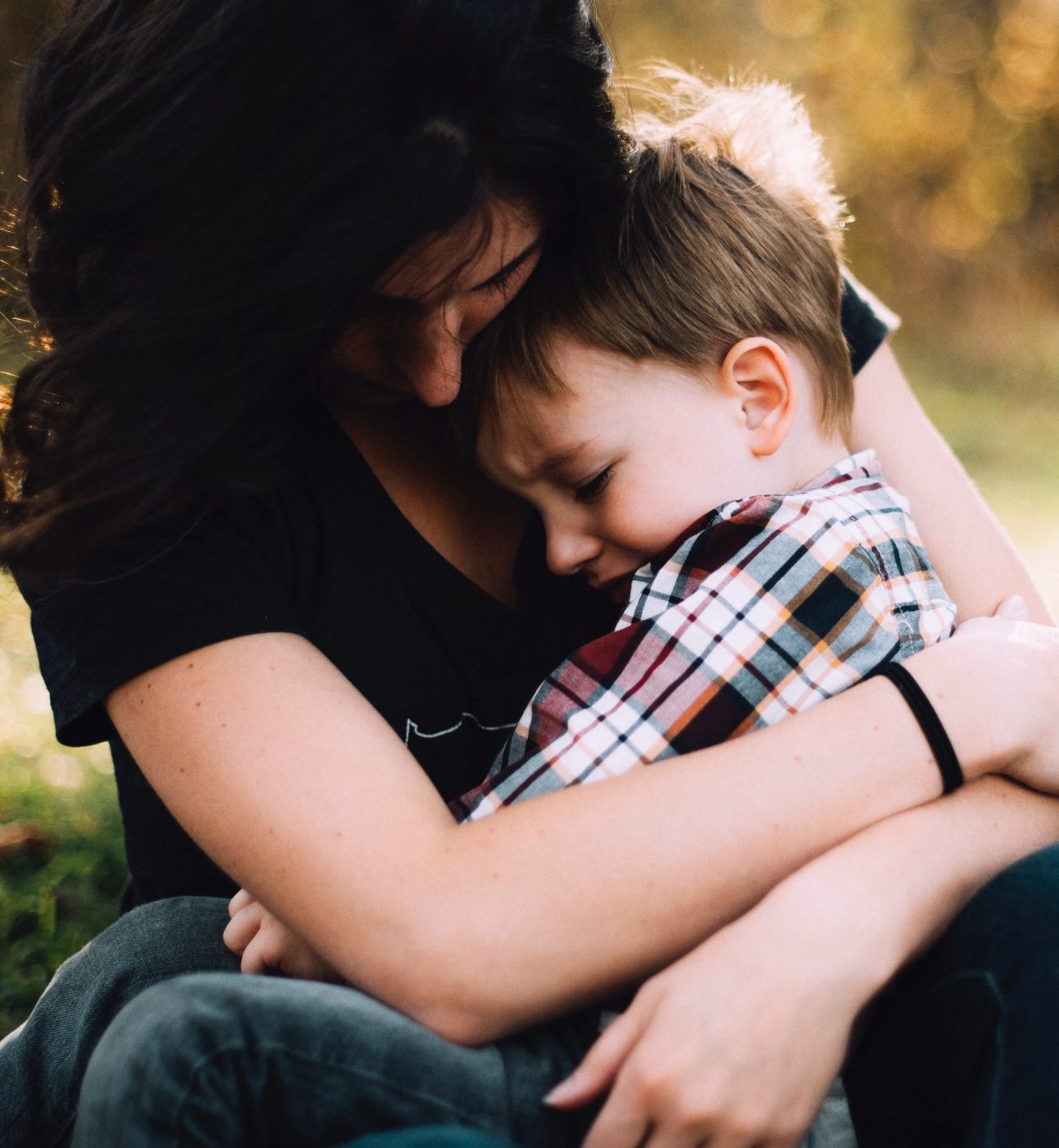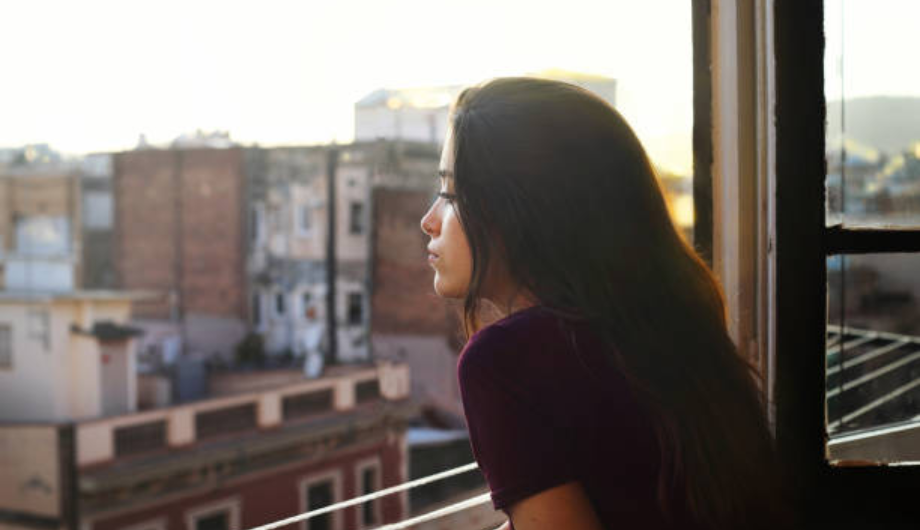
Three ways to make sure families are safe and seen
In this blog Vicky, a victim of domestic abuse, shares her experience of being involved with children’s social care and what three things she thinks children’s social care can do to make sure all victims within the family are seen and safe
Vicky was a victim of domestic abuse, coercive and controlling behaviour, threats to share sexualised images and stalking. She had known her perpetrator for 10 years prior to their relationship. They moved in together and within months Vicky found out she was pregnant. His behaviour towards her changed quickly and Vicky found herself isolated, scared and unable to make decisions without permission from her partner.
Vicky eventually left, but was stalked for a year after separation and until the day he was arrested. Vicky’s ex-partner was charged and convicted of stalking and was subsequently sentenced to custody. Vicky also went through the family court process which led to an Order being made that ensured her child was to have no contact with their father. Shortly after this, Vicky was introduced to SafeLives and became a Pioneer, helping to drive our work. Vicky also works with victims of similar offences.
Vicky’s story
My first social worker told me to maintain contact between my daughter and my ex-partner. He said that from what he could tell my ex-partner was professional, articulate and presented as low risk as he hadn’t physically harmed me or my daughter. He told me that it would be in my child’s best interest to maintain contact with her father. He didn’t ask me what I thought was in her best interests or if I thought there was any risk to my daughter.
My ex-partner kept making malicious reports and calls to my social worker. He would claim our daughter was being abused by my new partner, say that I had taught her to swear and accuse us of many other things. A further five malicious calls later, my social worker said to me ‘look, you have two choices. Keep allowing your daughter to see her dad as if you do, and we will keep turning up when he calls. Or you can stop all contact and go through family court’.
I felt he had put the decision in my hands at the worst time and without considering that stopping contact would escalate the risk from my ex-partner towards us. It was around the time the criminal process had just started and my ex-partner was angry. Stopping contact would make him angrier and give him another reason to threaten me or turn up to my home. I was scared to be the one to do this. In some of the final times he saw my daughter he taught her to call me a slut and sent me a video of it. He also bruised her legs and accused my new partner of doing this. This all led social services to stop my daughter having contact with my partner. This left me feeling isolated, at-risk and scared.
Due to the contact the social worker had had with my ex-partner he was called as a witness in the criminal court case. It was at this point my social worker was changed due to conflict of interest within the criminal case. At court my old social worker apologised to me. He said that he didn’t have the training to see the danger myself and my daughter were in.
I was given a new social worker who understood it all. She understood the physical risk but also the psychological risk to my daughter. Eventually, a family court issued an order that meant my daughter never had to see her father again. The new social worker had had appropriate training, she understood the manipulative tactics perpetrators can use and how they can use services to abuse their victims. It only took one person to listen and believe how the psychological abuse and coercive control were impacting our lives, to make the right decision and protect us.
The three things that children’s social care can do to make sure children and the non-abusive parent are safe and seen are:
- Understand the psychological impact not just the physical risks.
- Understand how perpetrators can manipulate the system and professionals within it to further control and abuse
- Know what will make victims safer and not put them at further risk.
You may also be interested in

Supporting families: practice briefing for multi-agencies

